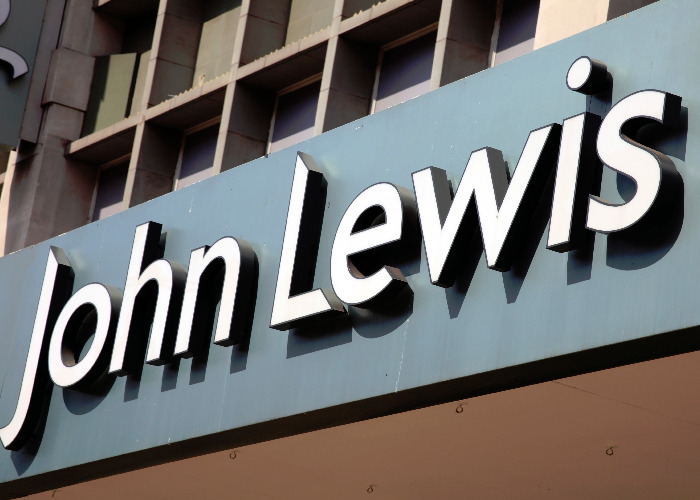John Lewis and Waitrose Partnership Credit Card tweaked to better reward loyal shoppers

Overhaul is good news for cardholders who regularly shop at John Lewis or Waitrose, but bad news for the rest.
Loyal John Lewis and Waitrose shoppers will soon be able to earn even more points when they use their Partnership credit card at either store from 4 September – but they'll get far less when they shop elsewhere.
Currently, the Partnership Card offers one point for every £1 spent at John Lewis and Waitrose (equal to 1% in rewards) and one point for every £2 (a reward rate of 0.5%) spent elsewhere.
From 4 September, the number of points new and existing shoppers will get at John Lewis and Waitrose will increase by 25%. So, you’ll get five points for every £4 you spend, meaning the reward rate rises to 1.25%.
But when you shop elsewhere you’ll earn only one point for every £4 spent instead of one point for every £2, so the reward rate for these purchases halves to 0.25%.
The offer for double points on all John Lewis home, car or pet insurance products remains unchanged.
So, how does it stack up against rival supermarket loyalty credit cards? Which rewards customers most for shopping with them?
Waitrose regular? Head this way for tips on savings on your next shop
Nectar credit cards offer more upfront
Sainsbury’s Bank Dual Offer Credit Card (20.9% APR) offers two Nectar points for every £1 you spend on Sainsbury’s shopping and fuel, which is equivalent to a 1% return. Shop elsewhere and you'll only earn one point per £5, a return of just 0.1%.
That makes the Partnership card more rewarding to loyal shoppers long term, but the Sainsbury's Dual Offer card does look far more lucrative when you factor in introductory bonuses.
You can get up to 7,500 extra Nectar points, as you can collect 750 bonus points every time you spend £35 or more on Sainsbury’s shopping.
You can collect these bonus points up to 10 times in the first two months of owning the card.
Tesco cards far behind
Tesco Bank offers a range of credit cards with the identical amount of points on offer, but sadly it's pretty miserly by comparison – you get one Clubcard point for every £4 spent in Tesco (a 0.25% equivalent rewards rate) and one point for every £8 spent elsewhere (around 0.13%).
What about 0% offers?
If you're primarily after a 0% purchase card to cover big upcoming expenditure and just want to earn a few rewards points while you're at it, it's worth noting the Partnership card lags some way behind rival offerings.
It offers just nine months interest-free on new spend. Compare that to the Sainsbury's Dual card mentioned above, which offers a join-market-leading 20 months at 0%.
Tesco Bank's Purchase Credit Card (19.9% APR) isn't too far behind, offering 0% on purchases for up to 18 months.
It's worth flagging that the Partnership Credit Card also offers balance transfers for 18 months, but there is a huge 2.9% fee, meaning it's not as competitive as dedicated balance transfers cards.
And besides, if you're trying to clear existing debt rather than rack up points, rewards credit cards in general probably aren't right for you.
Verdict
Supermarket loyalty credit cards don't offer rates anywhere near big enough to warrant changing your shopping habits, so it really depends on where you spend your money.
If you're a Waitrose (or John Lewis) regular, then the Partnership Card is a compelling offer, especially if you also buy any of its insurance products.
And in terms of long-term rewards for loyal customers, it's a generous offer compared to rivals.
That said, Sainsbury's Dual Offer Credit Card isn't far behind, offers more generous up-front incentives and is also the most competitive new purchase card if that's what matters most to you.
While Tesco Bank does offer some competitive 0% credit cards, the earnings ratio is generally disappointing when compared to Sainsbury's Dual Offer Card and the Partnership Card.
As a final point, if you happen to shop at several different supermarkets you could consider the NatWest Reward Credit Card, which pays you the equivalent of 1% regardless of which supermarket you’re in (annual fee may apply).
Comments
Be the first to comment
Do you want to comment on this article? You need to be signed in for this feature